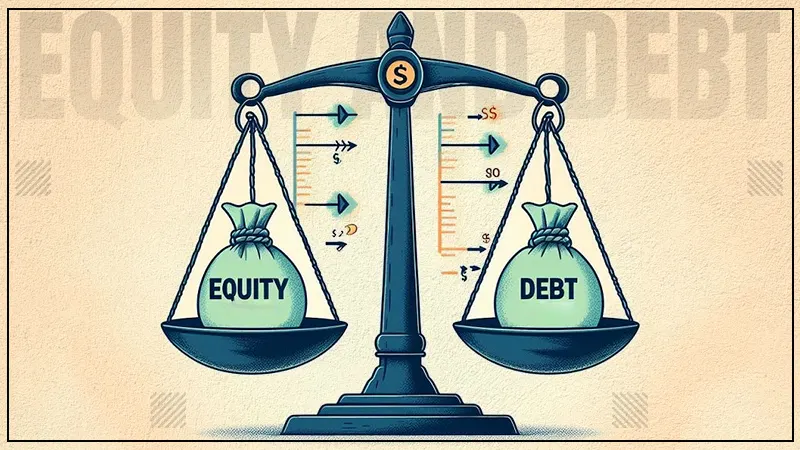How Businesses Can Survive Financial Hardship with a Bad Credit Loan

In the current economic climate, many small businesses face financial hardship for various reasons, such as the ongoing pandemic, increased competition, and unforeseen expenses. For those with bad credit, securing a business loan can seem impossible. However, with the right approach and strategy, a bad credit business loan can be a lifeline for needy businesses. This article will explore how small businesses can survive financial hardship with a bad credit loan.
Assessing Your Financial Situation
The first step to surviving financial hardship with a poor credit business loan is to assess your financial situation. This involves analyzing your cash flow, debt obligations, and revenue projections. By understanding your financial position, you can determine how much capital you need and how much you can realistically afford to borrow.
It is also essential to review your credit report and credit score. This will give you an idea of how lenders view your creditworthiness and whether you need to improve your credit before applying for a loan.
Exploring Your Lending Options
Once you have assessed your financial situation, it’s time to explore your lending options. Traditional banks may not be willing to lend to businesses with bad credit, but some alternative lenders specialize in poor credit loans.
Some of these lenders include online lenders, credit unions, and microlenders. Each of these lenders has different requirements, rates, and terms, so it’s crucial to compare and contrast them to find the best fit for your business.
Preparing Your Loan Application
After identifying potential lenders, it’s time to prepare your loan application. This involves gathering all the necessary documents, such as financial statements, tax returns, and business plans. Lenders will use these documents to assess your creditworthiness and determine your loan repayment ability.
Creating a compelling loan proposal highlighting your business’s strengths and addressing potential weaknesses is also important. The proposal should include a detailed repayment plan, a description of how the loan will be used, and a demonstration of your ability to generate revenue.
Securing Your Loan
After submitting your loan application, it’s time to secure your loan. This involves negotiating rates and terms with the lender and finalizing the loan agreement. Reading the loan agreement carefully is essential to understand the repayment terms, interest rates, and associated fees.
Once you have secured your loan, using the funds wisely is essential. This means using the money for its intended purpose, such as covering payroll expenses, purchasing inventory, or investing in equipment. Sticking to your repayment plan and making timely payments is essential to avoid further damaging your credit.
Improving Your Credit
While a business loan can be a lifeline for businesses in financial distress, improving your credit, in the long run, is essential. This involves making timely payments, reducing debt, and managing your credit utilization ratio.
Working with a credit counseling agency is an effective way to improve your credit. These agencies can help you develop a budget, negotiate with creditors, and create a debt management plan. Another option is to use a secured credit card to build your credit. Secured credit cards require a security deposit and can help you establish a positive payment history.
Conclusion
Surviving financial hardship with a bad credit business loan requires a strategic and proactive approach. Remembering that a poor credit business loan is not a long-term solution to financial problems is essential. However, it can temporarily relieve businesses and help them stay afloat during tough times. With the right approach and mindset, small businesses can weather the storm and emerge more vital than ever.






